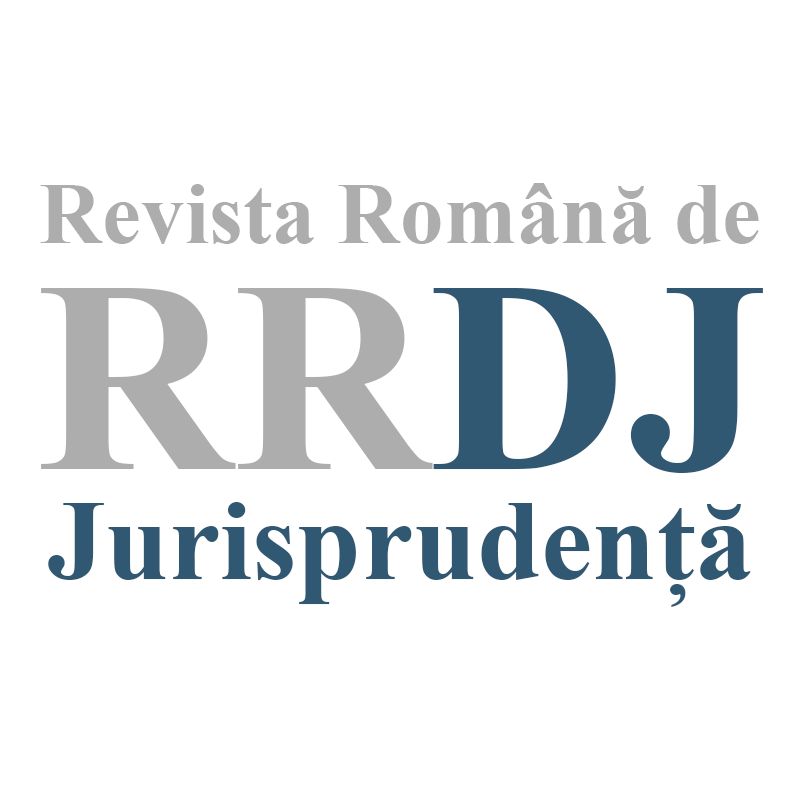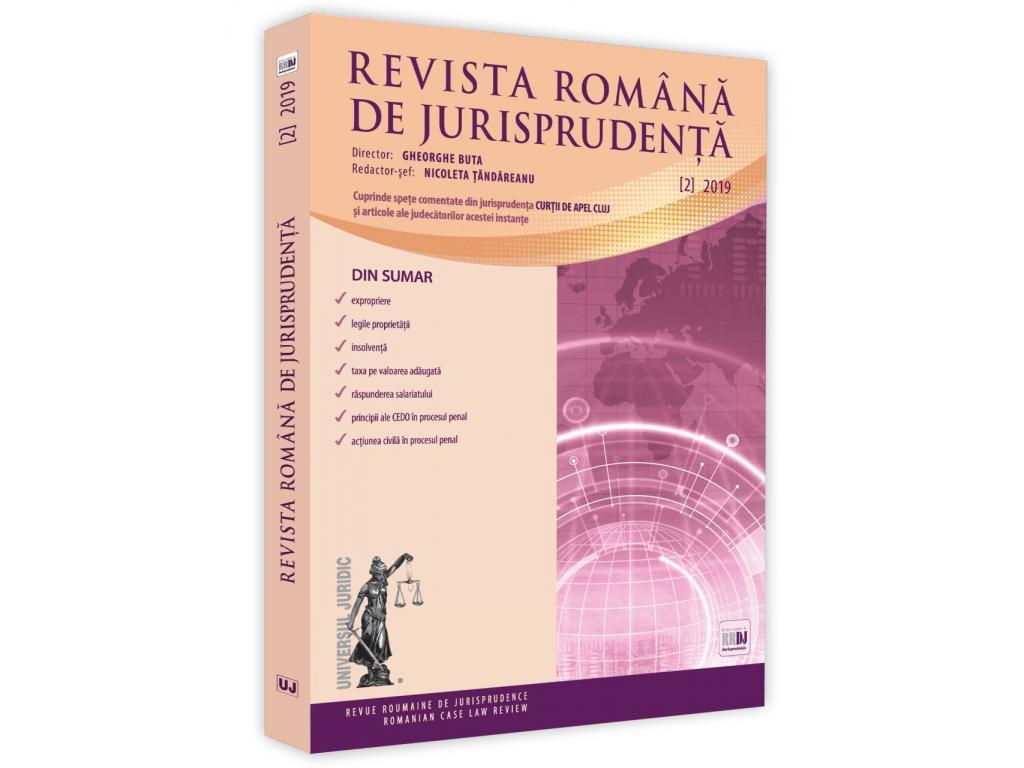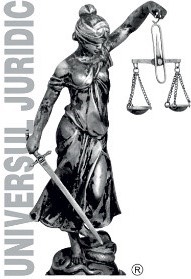Crime provided by Law no. 50/1991. Obligation to restore the previous situation by demolition of the unauthorized construction. Proportionality of the provision in terms of the ECHR practice
DREPT PENAL ŞI PROCESUAL PENAL
Abstract
Accepting, in favour of the defendant, the applicability of the state of necessity or even the excess thereof in committing the crime, consisting in the continuation of construction works, would be likely to infringe the principle according to which nobody can invoke their own fault in obtaining a right. However, as the crisis situation is the direct result of the defendant's conduct (who initially violated rules that are sanctioned as offences), he cannot benefit from the protection of the law. Corroboration of the criminal procedural provisions of Art. 25 para. (3) of the Criminal Procedure Code with those of Art. 32 para. (4) of Law no. 50/1991 confers and requires to the criminal court the power to order the measure of demolition of the constructions built illegally. Given that the defendant built a construction by completely evading the law, in the absence of any authorization from the competent authorities, the established crime consisting in the continuation of works after the competent authority has established the existence of the offense and ordered them to be stopped, the only possible solution is to restore the previous situation by demolition of the illegally built construction. Relying on the ECHR case law (Ivanova and Cherkezov v. Bulgaria), it cannot be argued that the order to demolish the construction would be disproportionate in relation to the violated legal norm, as the law protects social values regarding discipline and security in construction, and the erection of a building outside the law and in the manner used by the defendant cannot have the outcome desired by the latter. The analysis of proportionality does not take into account the size of the illegally built building and the financial value involved, but it is related to the protected social value and to the real and legal existence/non-existence of alternative solutions.








